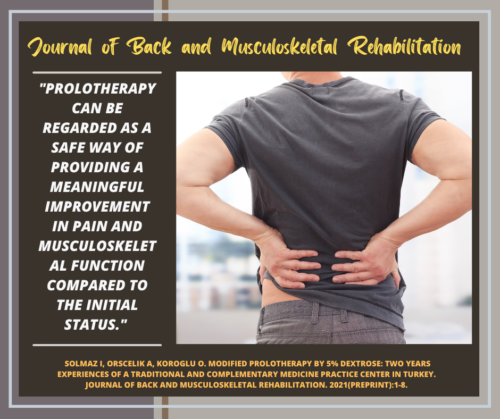
Looking for a back pain treatment to finally give you the relief you are seeking? It’s not unusual for back pain sufferers to spend years trying to find relief. Relief may be experienced after massage, manipulations, or heating pads. Or over-the-counter or prescription pain medications may provide some help. But when back pain continues even after trying these and other conservative treatments, it is most likely because the actual problem is not being addressed.
If the underlying problem is more than muscular pain, the back pain sufferer may be dealing with instability due to ligament injury. But what does instability have to do with anything? When the injury occurs to the back, very often the ligaments that hold the spine in place get injured as well. Once injury to the ligaments takes place, they may become weaker. Weak ligaments will allow for more movement of the vertebrae. Then, when a person bends and twists, instability from weak ligaments makes the back more prone to further injury.
Weakness and instability of the back due to ligament weakness can become a chronic problem. The result? Back pain that comes and goes. Or back pain that just won’t go away.
Back pain is a major challenge for clinicians because they are accustomed to managing the pain with medication, but the benefits of pharmacological management are just not there, and their use is not justified. The Journal of Orthopaedic Surgery and Research says, “The benefits are just not there to justify the routine prolonged use of any given drug in nonspecific chronic low back pain: this is a major challenge, and it is often hard to accept for clinicians and patients . . . ”(1)
And according to the Journal of Osteopathic Medicine, long-term opioid use for back pain only worsens patients. (2)
Chiropractic manipulation is a great treatment tool for back pain and is often very effective. But when pain persists and does not resolve after these treatments, ligament injury should be investigated because many back conditions have underlying ligament involvement or ligament instability.
Spinal instability is a problem when the stabilizing structures of the spine, such as the ligaments, are no longer able to hold the adjacent bones together. Abnormal motion of the spine is transpiring as a result. Oftentimes, problems with instability will arise after a patient overdoes on an activity or exercise. Again, the most common cause of unresolved back pain is spinal instability.
What’s the best treatment for spinal instability? Regenerative Orthopedics, like Prolotherapy, PRP, and Stem Cells. In fact, simple Dextrose Prolotherapy is a great tool to treat instability because it strengthens the vertebral ligaments and prevents further degeneration.
A patient with chronic low back pain can be treated with Prolotherapy injections into the various ligaments that have become weakened by injury, and the treatment can repair the injury.
A paper published in the Journal of Prolotherapy says, “In comparison to other soft tissues, ligaments have less vascularity. Once injured or degenerated, this lack of blood supply may delay healing. Prolotherapy may offer the stimulus for ligament regeneration.”(3)
And the Journal of Back and Musculoskeletal Rehabilitation says, “Prolotherapy can be regarded as a safe way of providing a meaningful improvement in pain and musculoskeletal function compared to the initial status.” (4)
When the spine is stable and able to maintain alignment during activity, it can protect the structures and not elicit pain. A stable spine means the bones, muscles, discs, and ligaments work collectively to maintain the alignment of the spinal column. But once stability is lost, spinal instability and pain can result. When this occurs, Regenerative Orthopedics are great non-surgical options to give relief and provide repair for those suffering from back pain and associated conditions related to spinal instability. Regenerative treatment of injured ligaments has the potential and ability to strengthen the spine and relieve back pain.
(1)Migliorini F, Maffulli N. Choosing the appropriate pharmacotherapy for nonspecific chronic low back pain. Journal of Orthopaedic Surgery and Research. 2022 Dec;17(1):1-3.
(2) Schultz MJ, Licciardone JC. The effect of long-term opioid use on back-specific disability and health-related quality of life in patients with chronic low back pain. Journal of Osteopathic Medicine. 2022 Aug 11.
(3)Ferraro MC, Bagg MK, Wewege MA, Cashin AG, Leake HB, Rizzo RR, Jones MD, Gustin SM, Day R, Loo CK, McAuley JH. Efficacy, acceptability, and safety of antidepressants for low back pain: a systematic review and meta-analysis. Systematic reviews. 2021 Dec;10(1):1-3.
(4)Solmaz I, Orscelik A, Koroglu O. Modified prolotherapy by 5% dextrose: Two years experiences of a traditional and complementary medicine practice center in Turkey. Journal of Back and Musculoskeletal Rehabilitation. 2021(Preprint):1-8.